20 Dangerous Careers from the ’70s That Wouldn’t Be Legal Today
Before the Occupational Safety and Health Administration’s (OSHA) teeth really sank in, workers across industries were regularly thrown into hazardous situations with little oversight and even less protection. Heavy machinery lacked safeguards. Toxic exposure was barely tracked. And if something exploded, collapsed, or combusted? You were lucky to walk away. These jobs came with body counts, lawsuits, and scars that never really faded.
Asbestos Miner
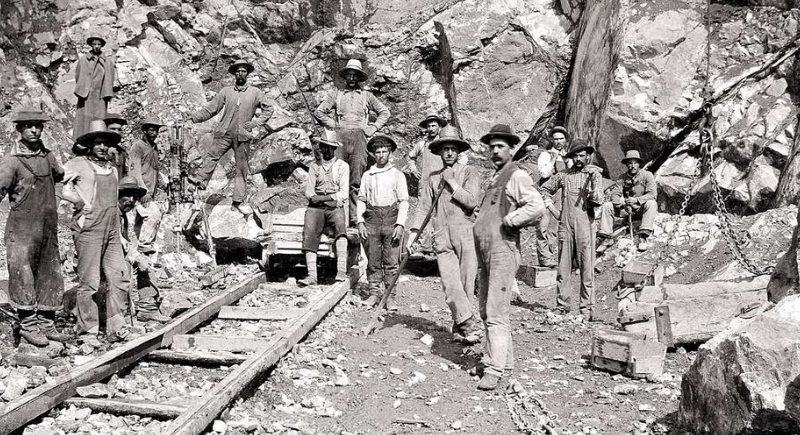
Credit: Picryl
Asbestos miners pulled deadly asbestos straight from the ground, their faces dusted white before lunch. They wore no masks. They didn’t know—or weren’t told—that each breath carried deadly fibers into their lungs. Mesothelioma and asbestosis didn’t appear for decades. By then, the paychecks were long spent, and the lawsuits were just beginning.
Coal Miner
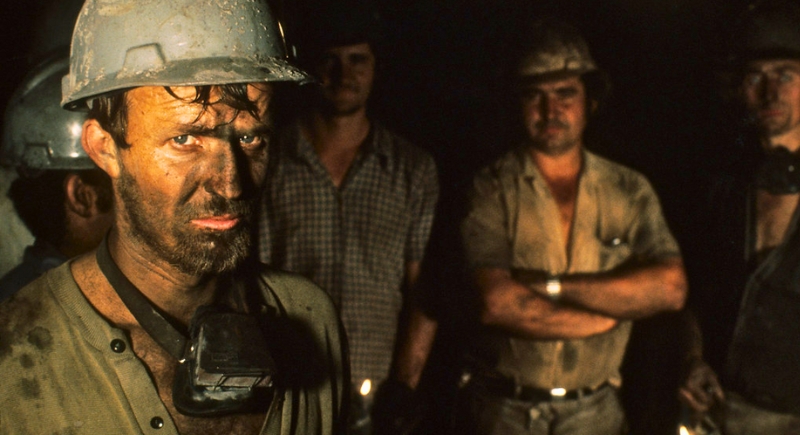
Credit: flickr
For coal miners, every breath was risky. Coal dust clouded the air, coated lungs, and caused irreversible damage. Black lung was an expected diagnosis. Explosions, gas leaks, and cave-ins further made for an unpredictable graveyard. Yet thousands still clocked in, knowing full well what waited underground.
Steel Mill Worker (Hot Roller)

Credit: Getty Images
A typical steel mill worker encountered steel that flowed like lava, furnaces that roared nonstop, and heatstroke that was routine. Burns were part of the uniform. Workers near the rollers moved fast or got pulled in. Protective gear was crude, and emergency exits were theoretical.
Chemical Plant Worker
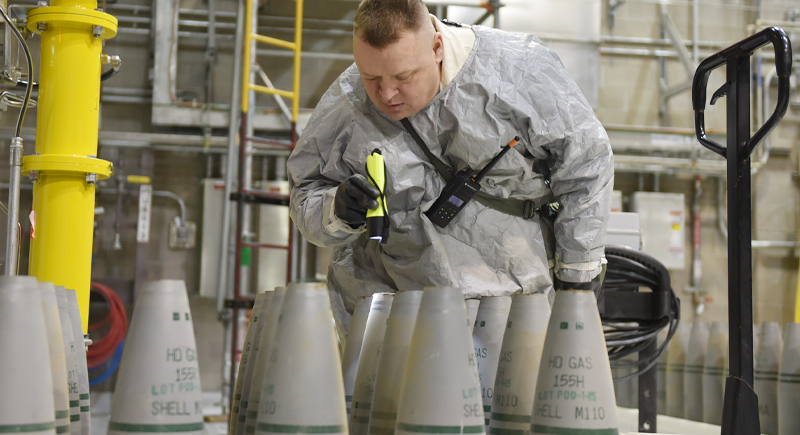
Credit: Wikimedia Commons
At chemical plants, benzene, lead, and formaldehyde floated through the air while gloves tore and filters failed. PPE was often optional. Workers mixed toxic batches, sometimes by hand, with little training on exposure risks. Decades later, cancers and neurological damage showed up uninvited, often long after companies had changed names or disappeared.
Assembly Line Worker
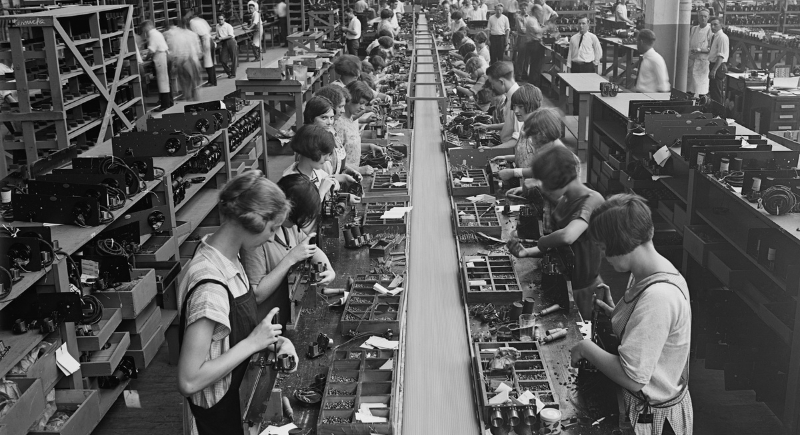
Credit: Canva
Assembly line workers got swallowed by the drudgery. Repetitive motion met relentless machinery. Workers routinely lost fingers to conveyor belts, limbs to hydraulic presses. And even if the machine didn’t get you, the monotony eventually did.
Railroad Switchman

Credit: flickr
One mistimed step and a railroad switchman could be underneath the train instead of beside it. Manual coupling and switching were unforgiving tasks—fast, physical, and often solo. The job demanded hyper-awareness in loud, chaotic rail yards.
Radioactive Material Transporter
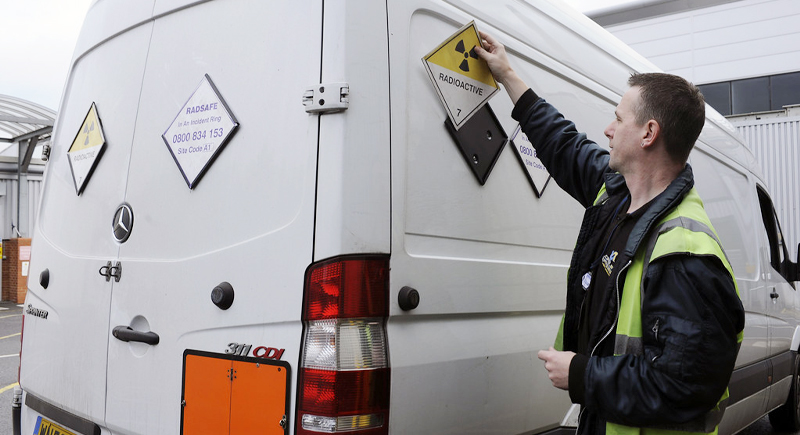
Credit: flickr
These workers hauled radioactive waste before shielding was standardized and exposure thresholds fully understood. Some drove trucks; others unloaded drums with little more than gloves and hope. Long-term monitoring was nonexistent. Cancer clusters emerged years later.
Full-Service Gas Station Attendant

Credit: Canva
Most people saw a smiling teen with a squeegee. What they missed was the chronic exposure to benzene-rich fumes, handling flammable liquids daily, and the real risk of sudden fires from static sparks. Nobody knew—or cared—what vaporized gasoline was doing to lungs.
Longline Fisherman

Credit: Wikimedia Commons
Fishermen dealt with 40-pound hooks, wet decks, rogue waves, and hypothermia as part of the gig. Work started before sunrise and ended when the ocean said so. If someone fell overboard, the odds weren’t good. And to add insult to injury, the paycheck rarely matched the risk.
Chainsaw Logger
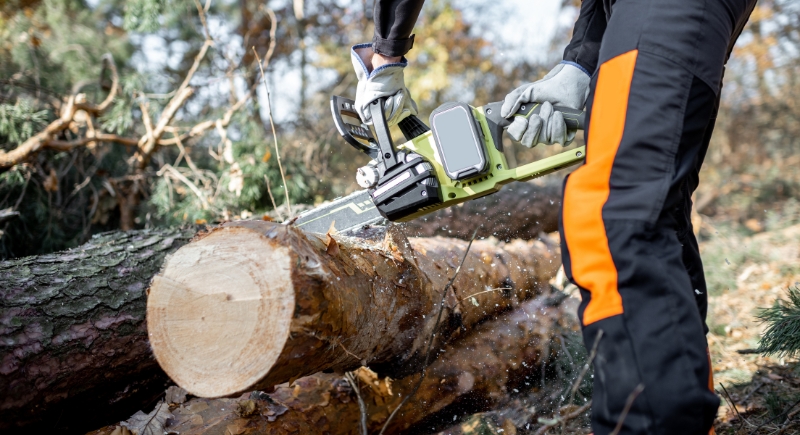
Credit: Getty Images
The chainsaws of the 1970s were loud, heavy, and wildly dangerous—especially in untrained hands. Add unstable trees, uneven terrain, and zero cell service. Many loggers walked into the forest and didn’t walk out.
Ship Breaker
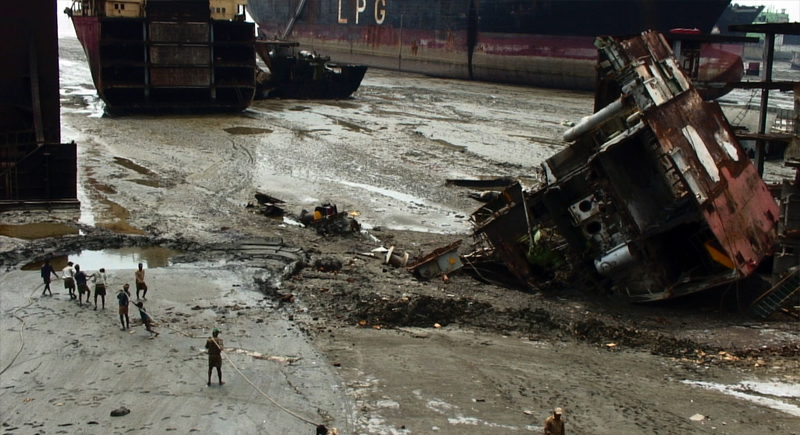
Credit: Wikimedia Commons
Old ships were death traps filled with lead paint, asbestos insulation, and unstable structures. Workers torched through hulls and bulkheads without full hazmat protection.
Elevator Installer
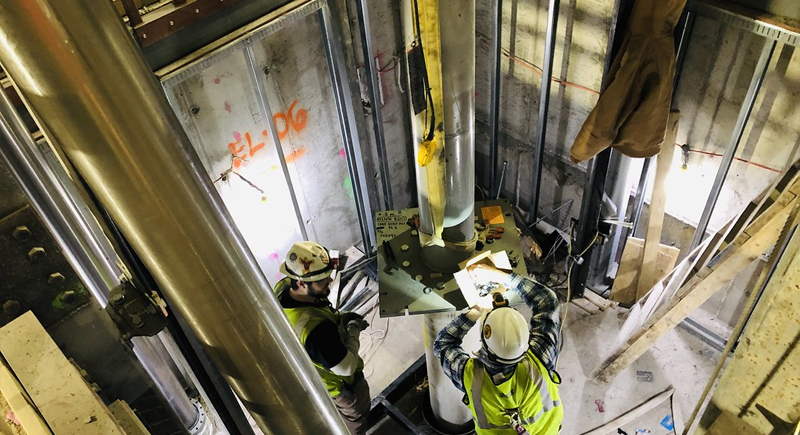
Credit: flickr
Installing elevators meant working in dark, narrow shafts with enormous counterweights swinging overhead. Missteps meant falls, and faulty cables or miscommunications triggered fatal drops. The safety gear was minimal and often poorly enforced. If someone above made a mistake, the only thing between you and the bottom was a fatal drop.
Smoke Stack Cleaner
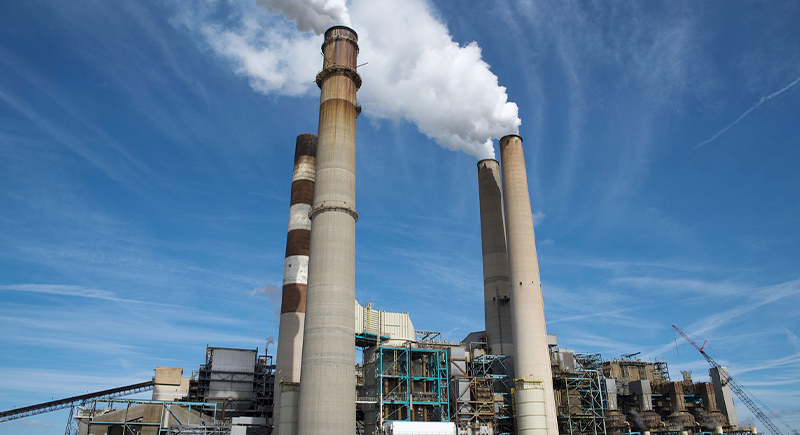
Credit: pixabay
Tall, soot-coated chimneys needed clearing by hand. Workers climbed hundreds of feet without secure harnesses, inhaled noxious residues, and balanced tools in high winds. It was high-risk, low-pay, and entirely unforgiving.
Tunnel Rat (Vietnam War Era)
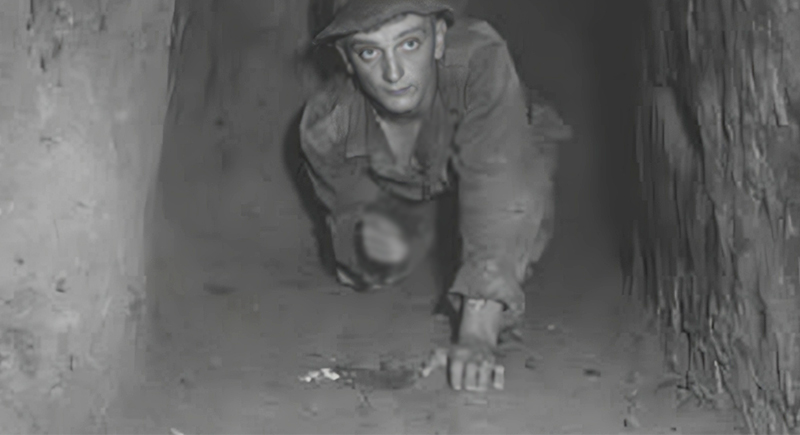
Credit: Instagram
These soldiers volunteered to crawl into pitch-black Viet Cong tunnels filled with booby traps, snakes, and enemies hiding inches away. They carried flashlights, pistols, and nerves of steel. It was one of the most terrifying assignments in modern warfare.
Steeplejack
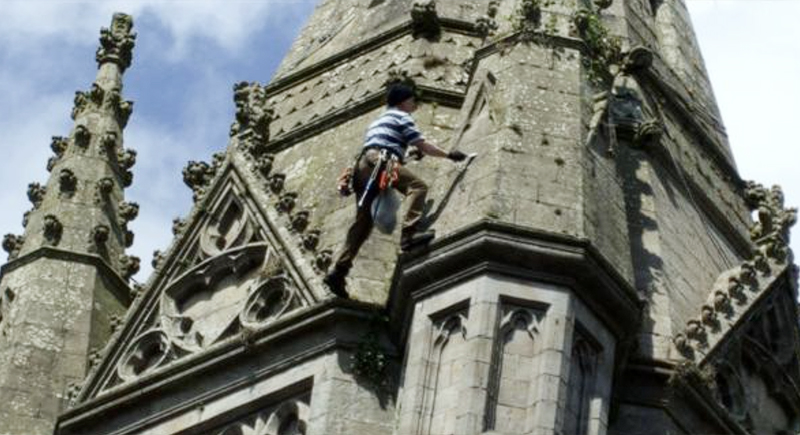
Credit: Wikimedia Commons
To fix church steeples, smokestacks, and water towers, you needed to scale narrow ladders and work on ledges barely wider than your boots. A strong gust or a shaky anchor line could end your life. Steeplejacks worked high up and alone—sometimes too high for anyone to even see them fall.
Commercial Diver
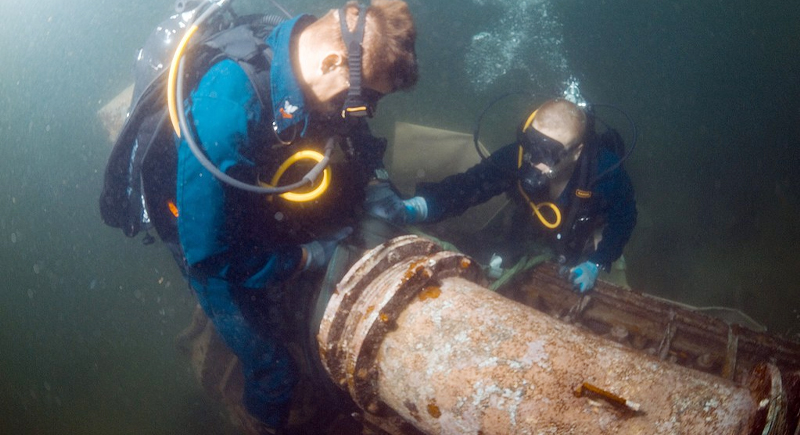
Credit: flickr
Deep-sea work in the 1970s involved failing seals, faulty valves, and unreliable decompression protocols. Divers were sent down with gear that wasn’t always rated for the job in currents that could tear them from tether lines. “The bends” were just part of the gig, and so was sudden drowning.
Wildcat Oil Driller
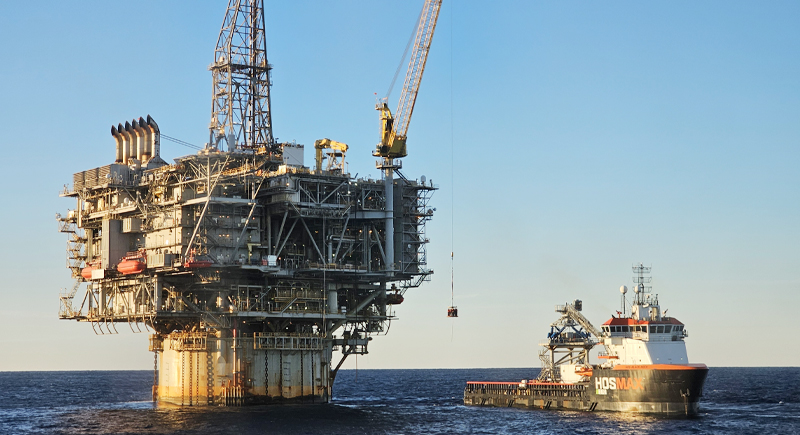
Credit: Wikimedia Commons
Before high-tech rigs and OSHA oversight, wildcatters drilled fast and dirty. Blowouts were part of the job. Gas pockets ignited, derricks collapsed, and backup systems often didn’t exist. At least the money was good, though.
Dynamite/Explosives Handler
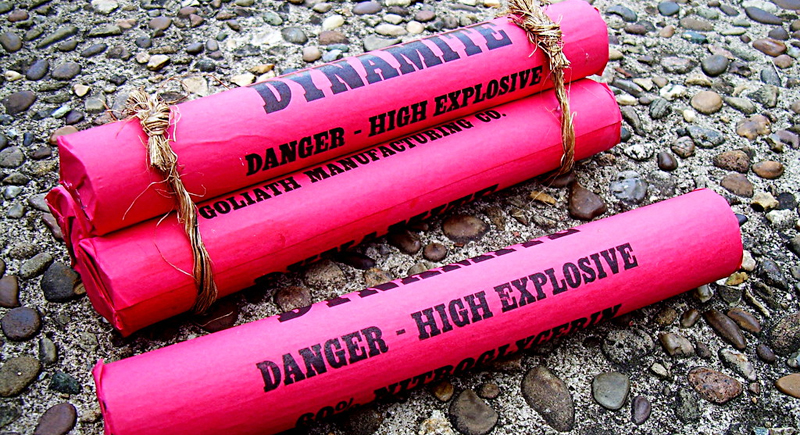
Credit: flickr
Controlled blasts don’t mean safe ones. These workers packed, wired, and detonated explosives for construction and mining. One slip, static discharge, misjudged timing, or a stray cigarette could wipe out half a crew. Training was inconsistent, safety briefings were brief, and nerves wore thin. Survivors lived with ringing ears and permanent jumpiness.
Aerial Pesticide Applicator
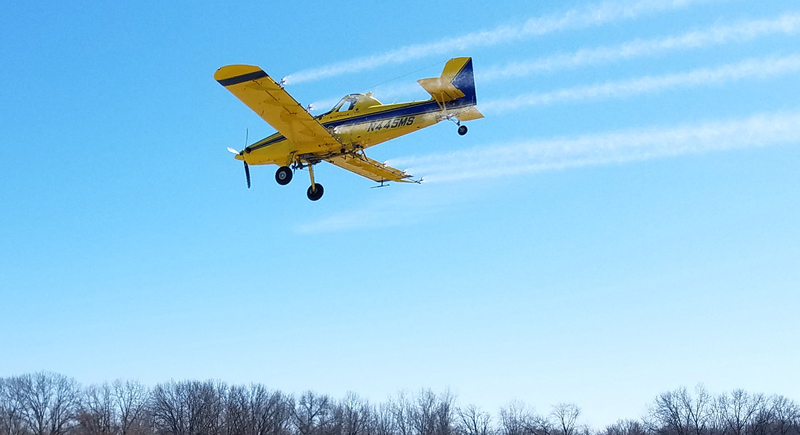
Credit: flickr
Flying crop dusters low to the ground required split-second decisions and serious guts. Between chemical exposure and rough terrain, pilots dealt with mechanical failures and occasional crashes. Hitting power lines or stalling mid-swoop happened more than anyone wants to remember.
Lead Paint Scraper

Credit: pexels
Armed with a metal blade and no mask, these workers chipped away at lead-based paint inside schools, homes, and factories. The flakes filled their lungs. Headaches and tremors were common, and so was long-term neurological damage. Safety protocols? Mostly ignored. The worst part? Many had no idea the danger was baked into the job.
Carnival Ride Mechanic
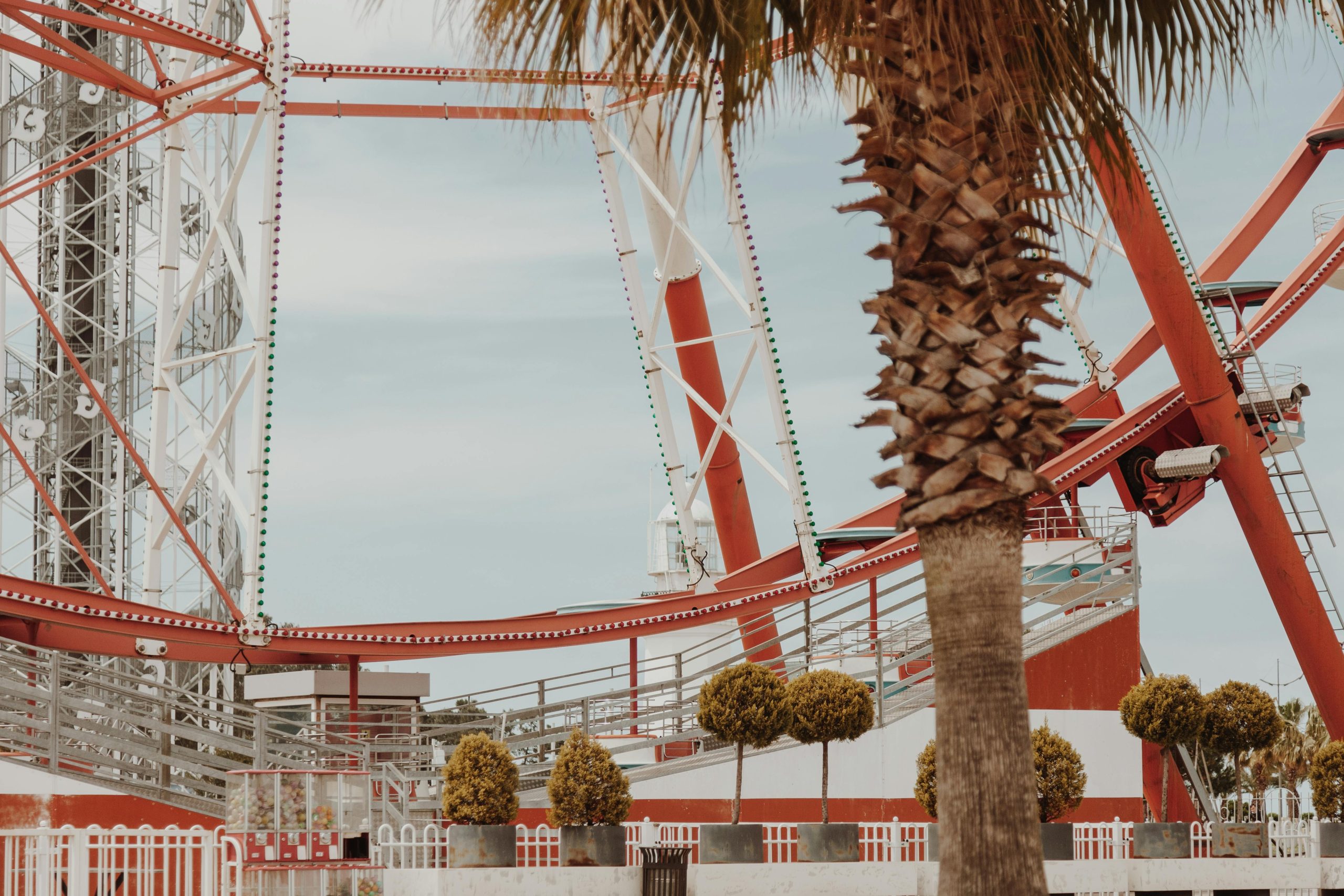
Credit: pexels
Working carnival rides meant fixing spinning death traps in the dark, often while they were still running. Loose bolts, electric shocks, and makeshift wiring were part of the charm. No blueprints. No backup. Just duct tape, guesswork, and a prayer that the Ferris wheel wouldn’t detach mid-spin. OSHA would’ve had a field day—if anyone had called.
Ice Cutter
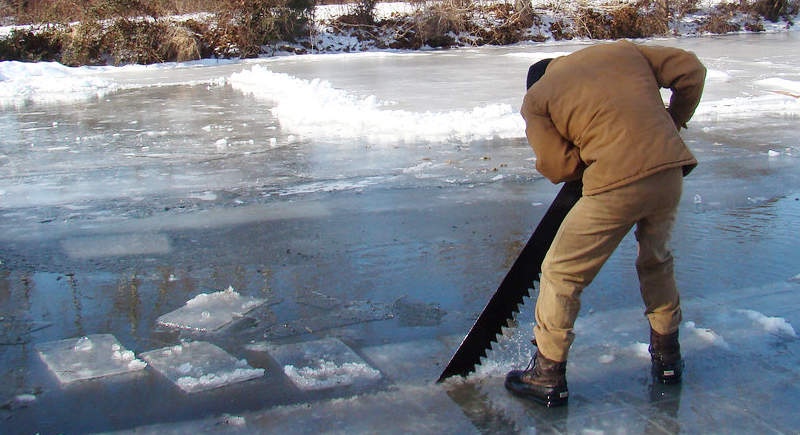
Credit: flickr
Before refrigerators took over, people harvested ice from lakes using saws and horse-drawn sleds. Falling through thin ice was a constant fear. Heavy blocks crushed feet and fingers. Hypothermia crept in fast. The job was freezing, wet, and thankless—and yet, entire towns depended on it through every brutal winter.